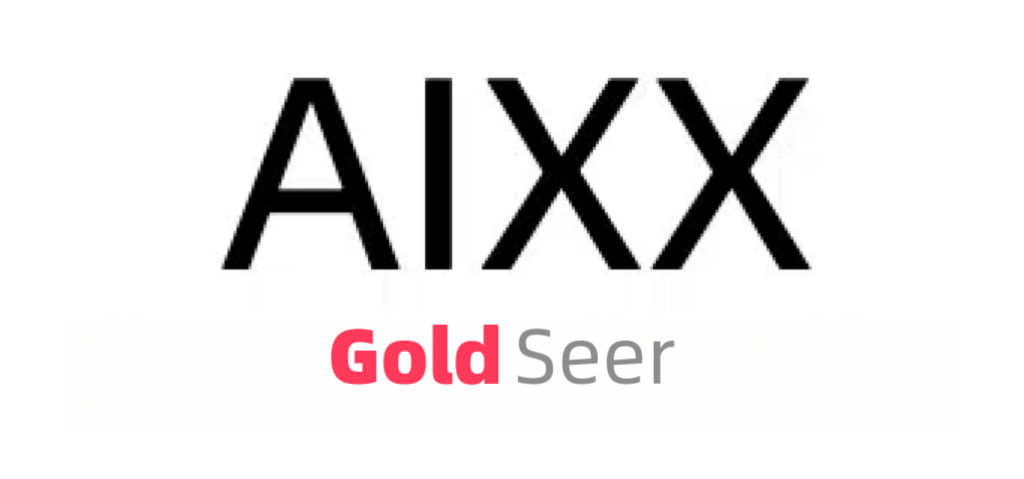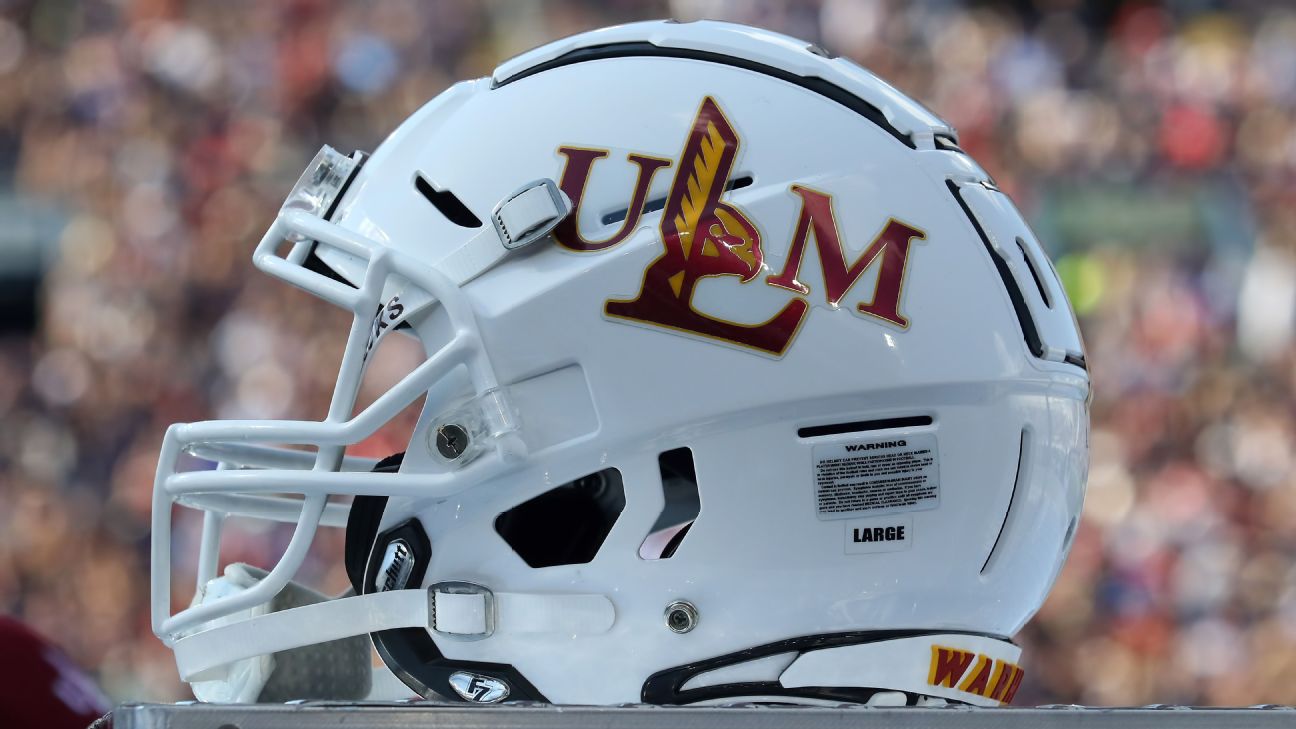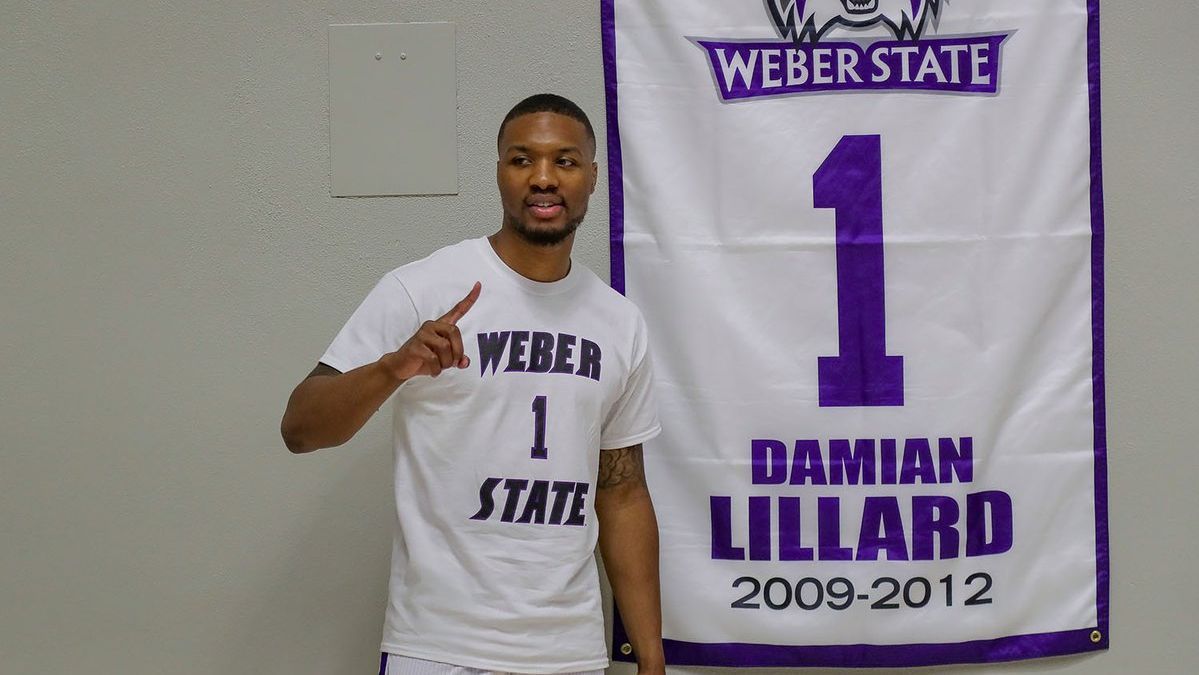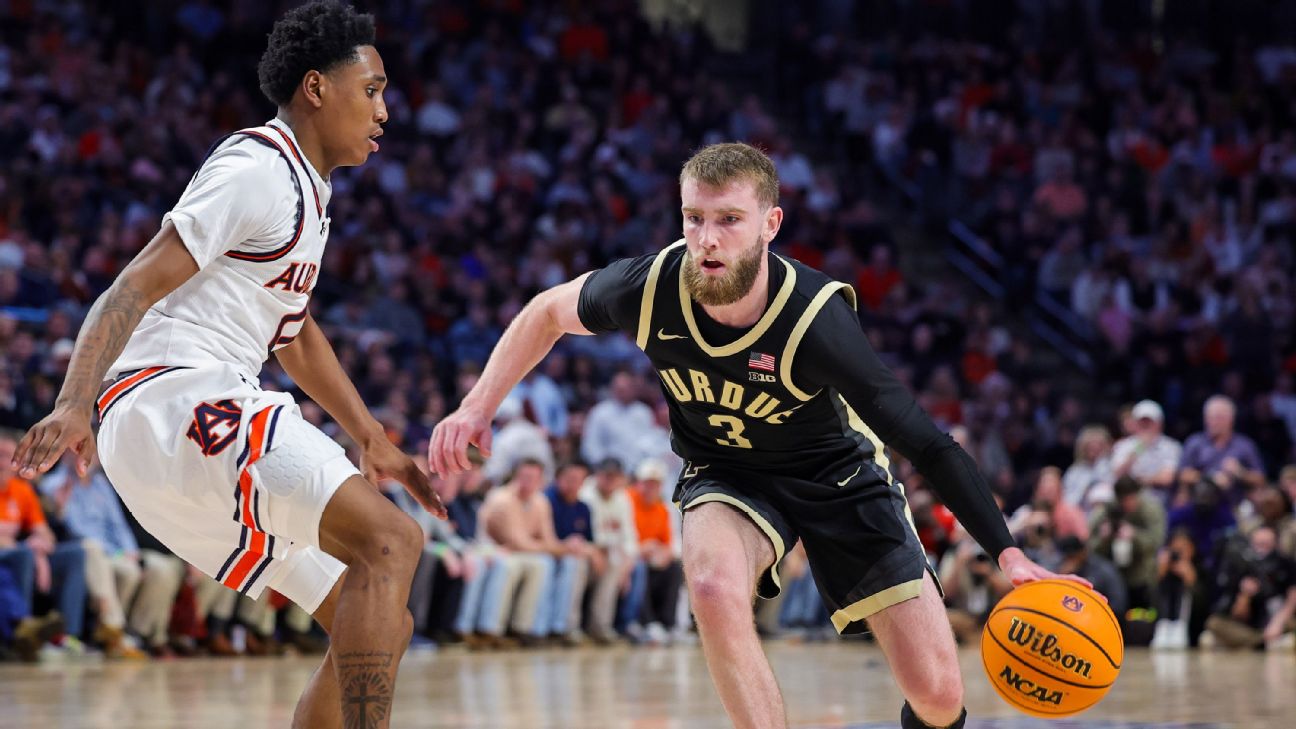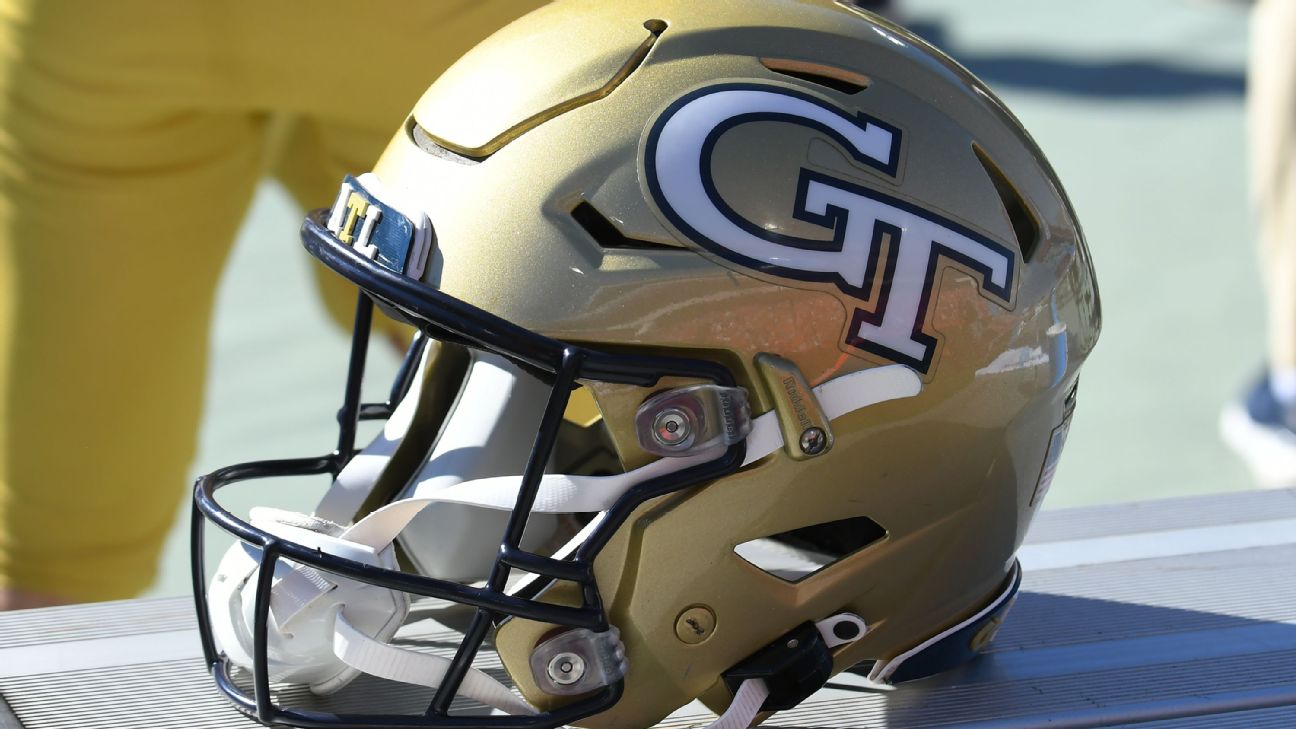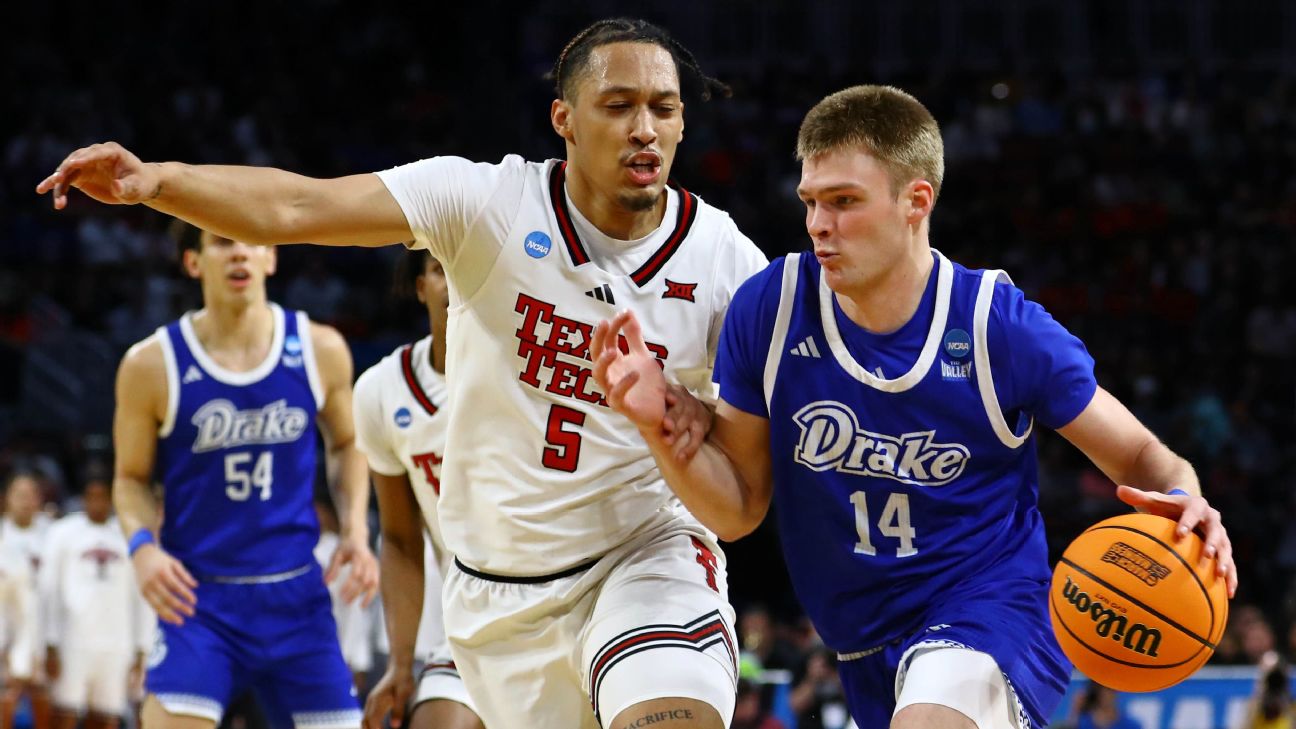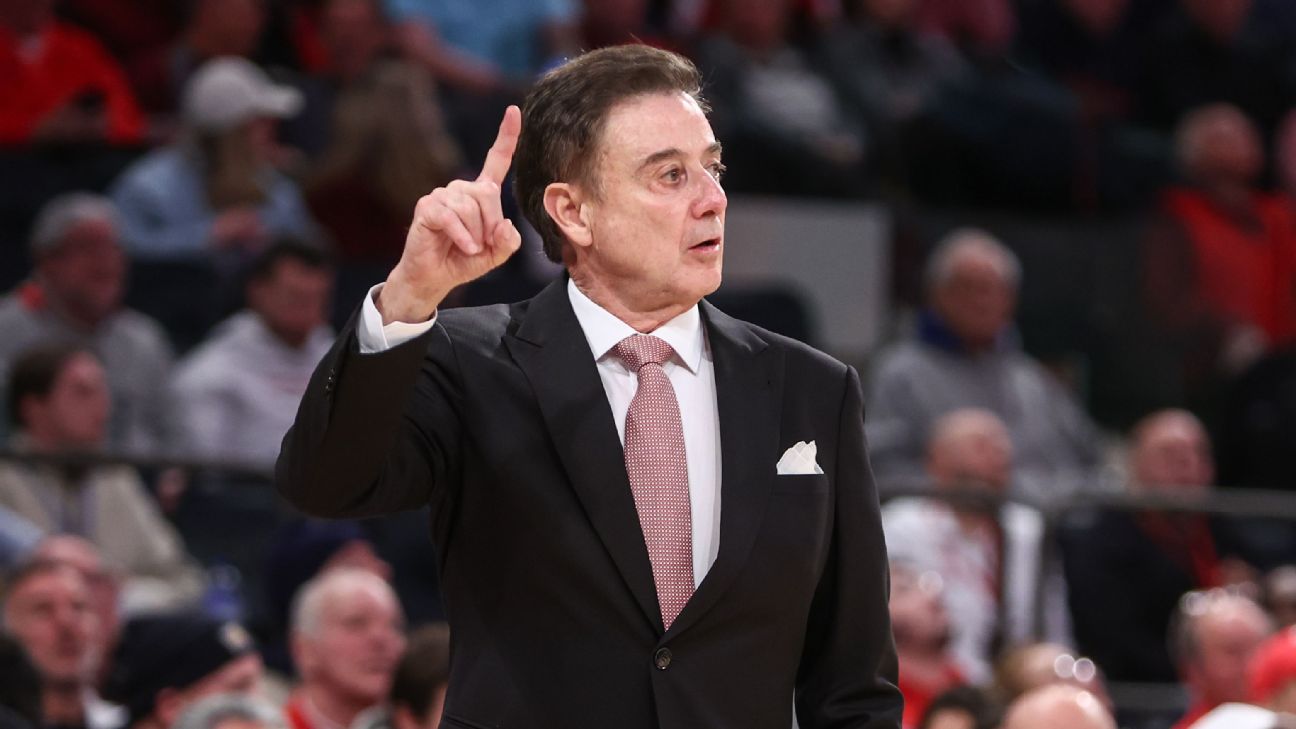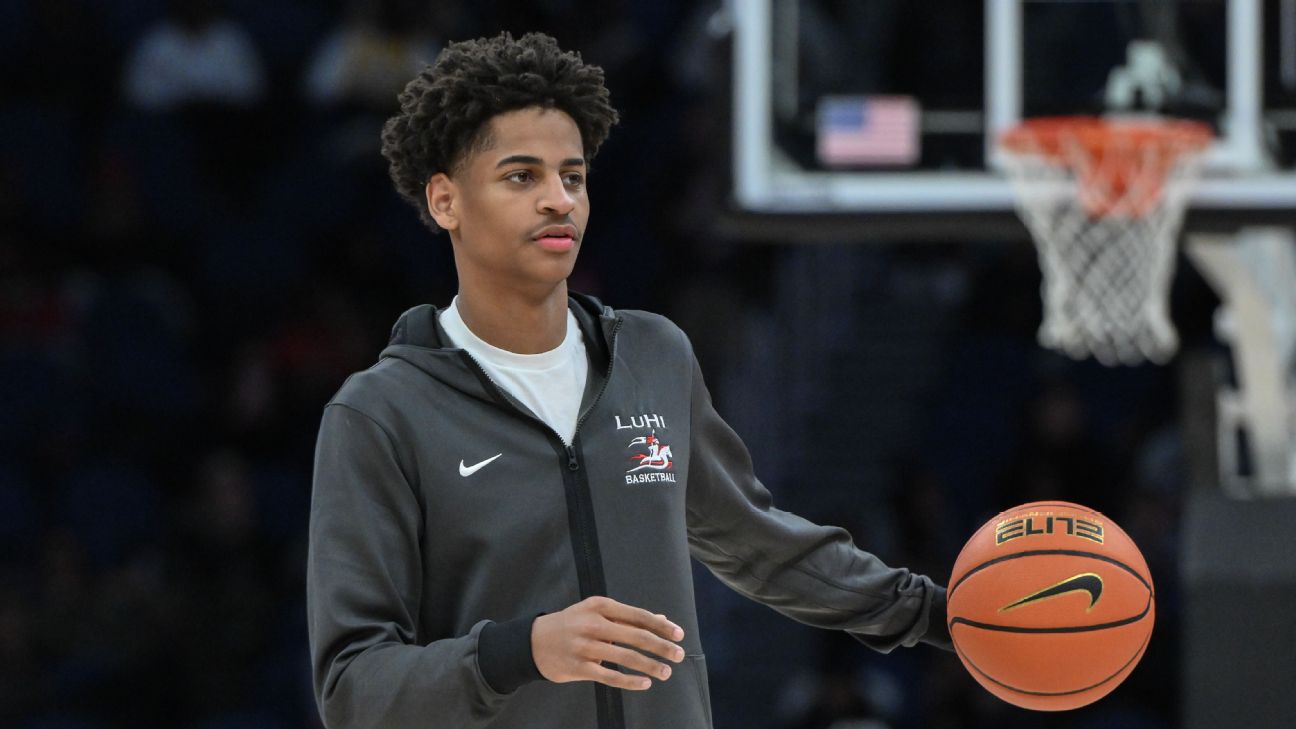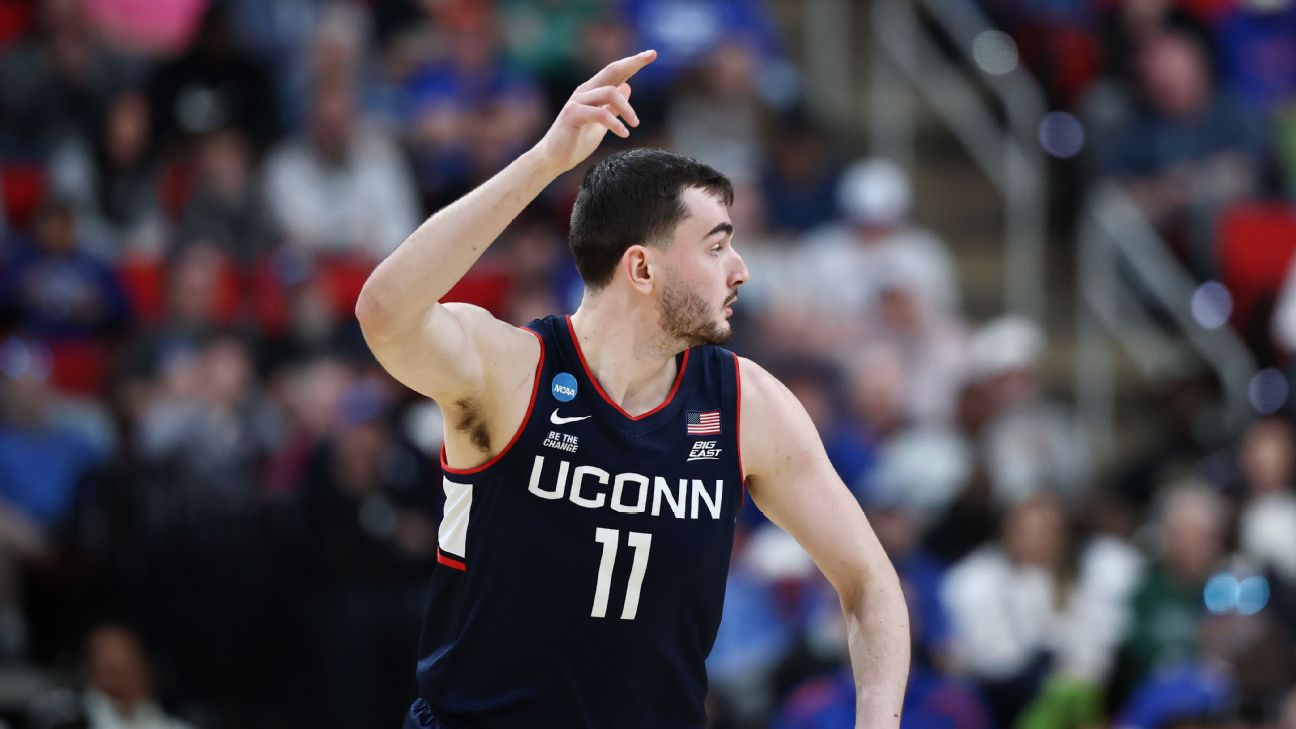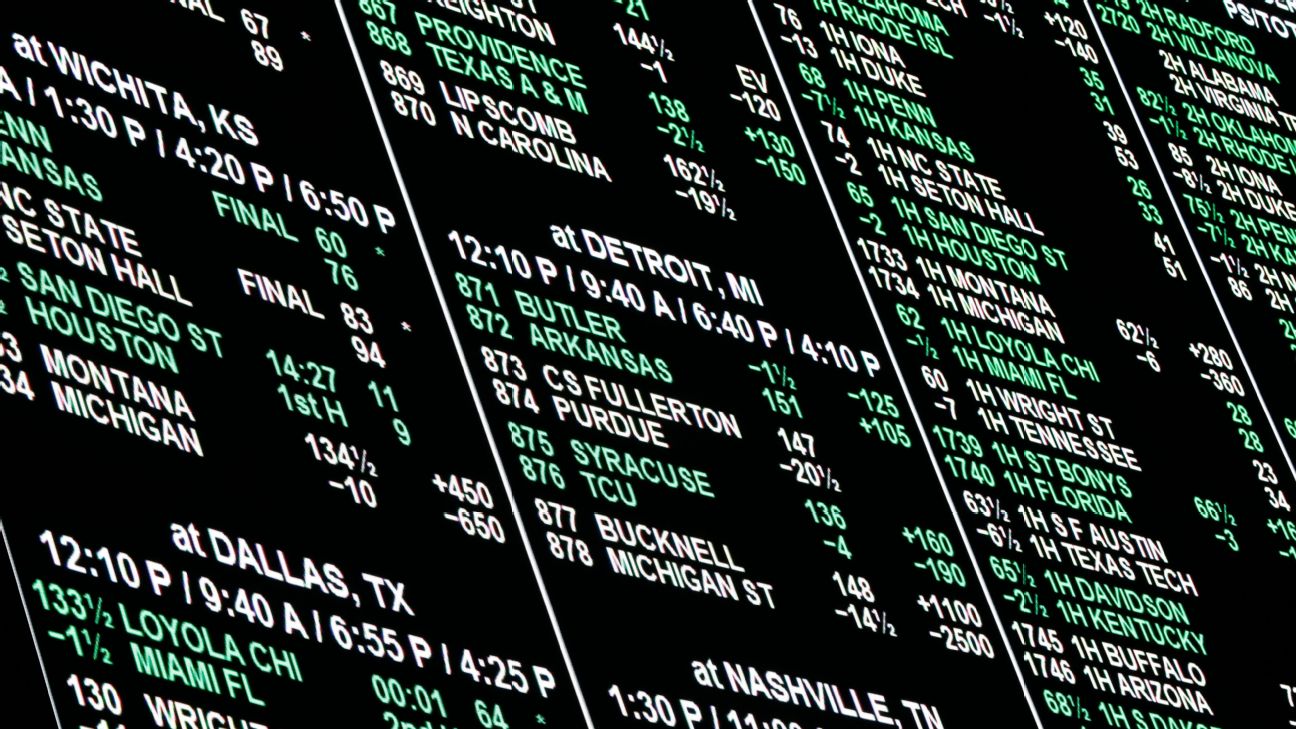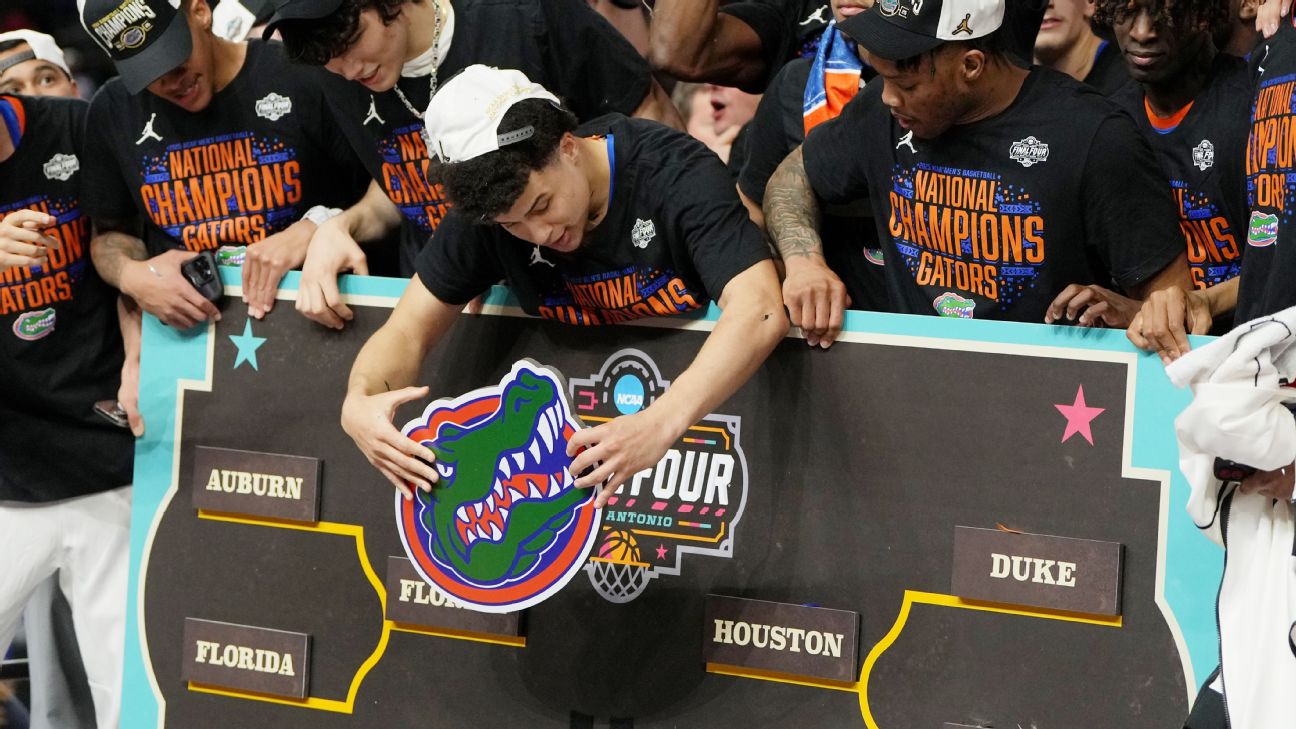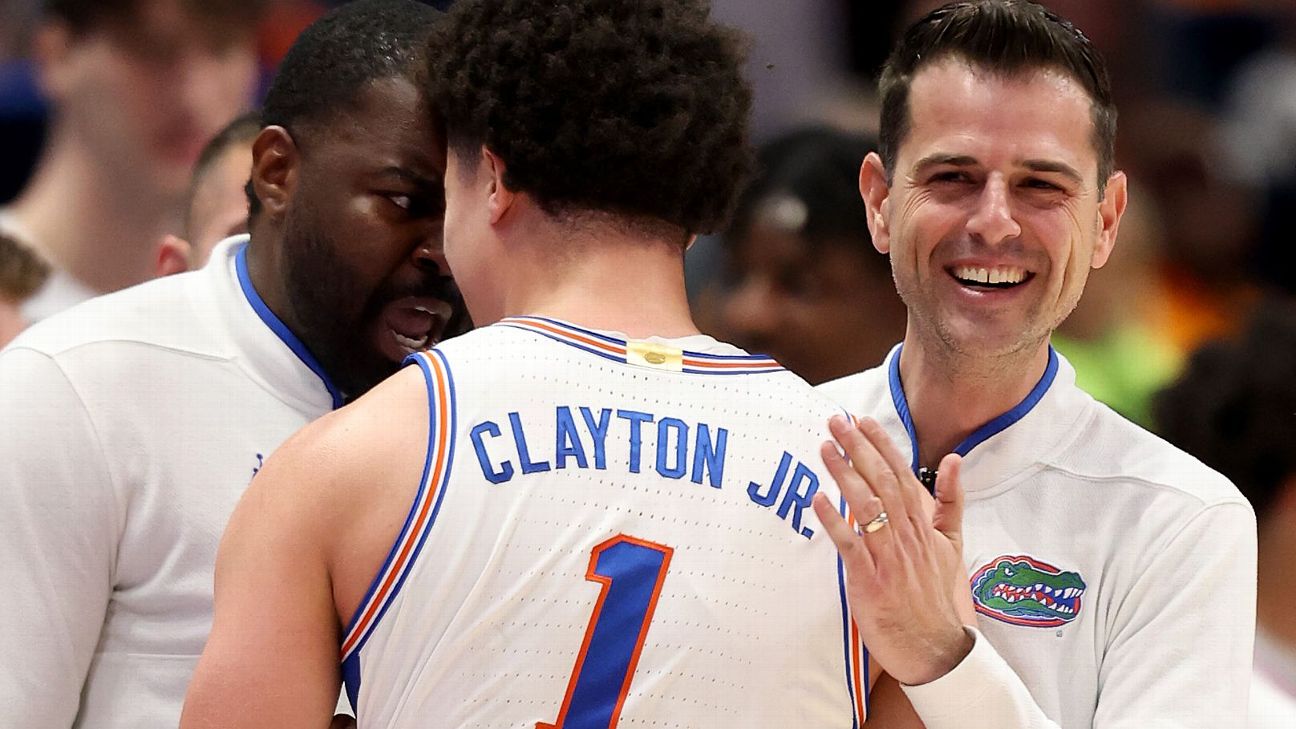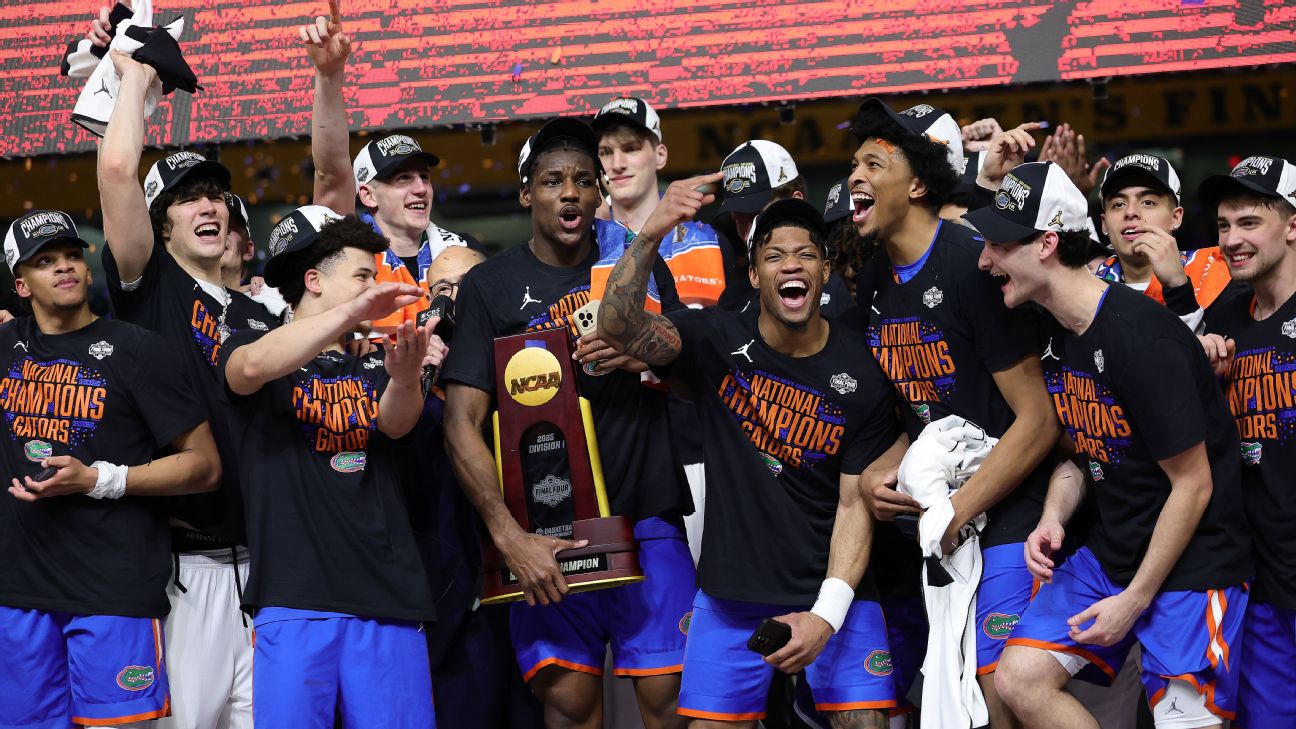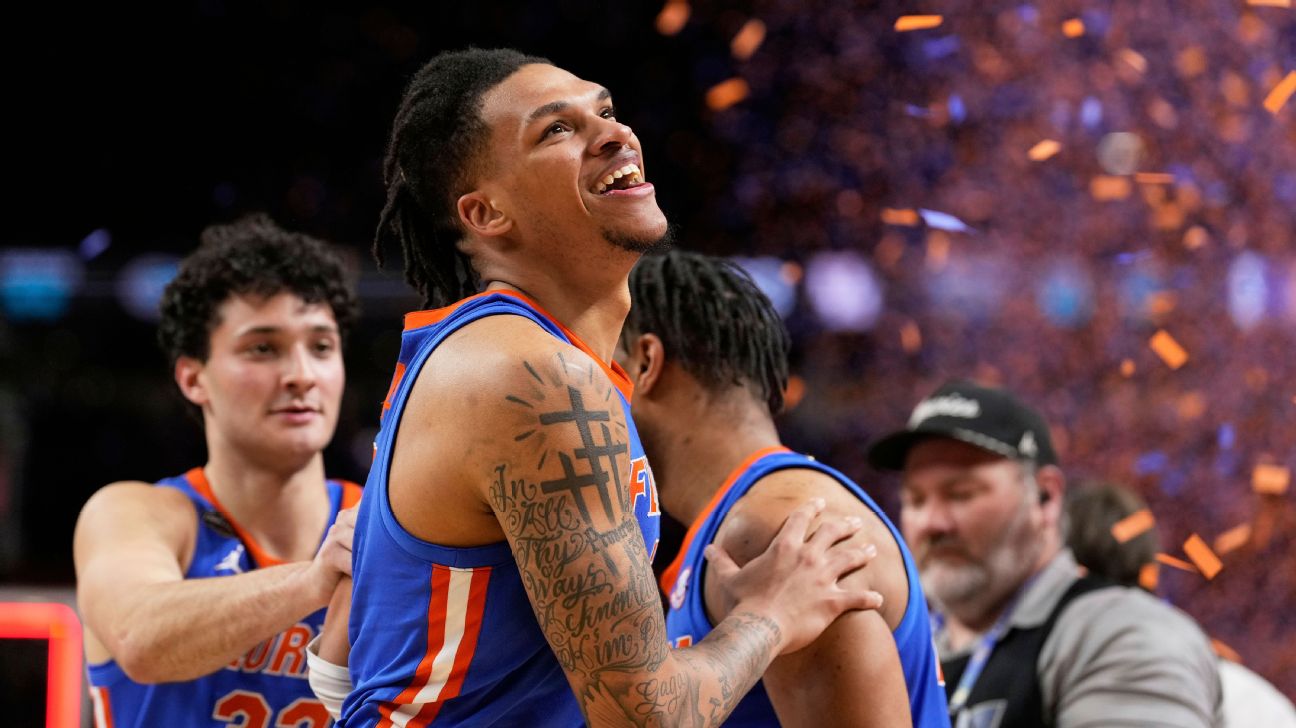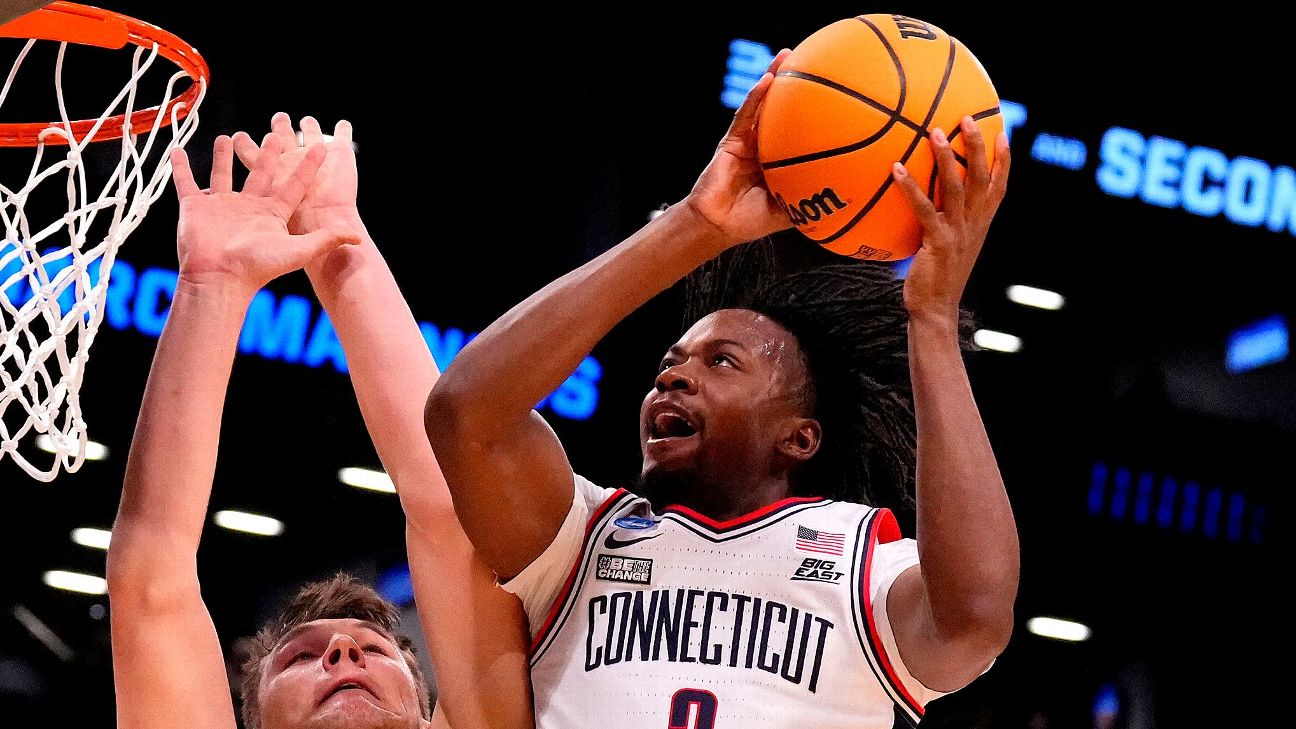Beyond March Madness: The Growing Gambling Crisis in College Basketball
As the Final Four captures national attention, a darker trend emerges: smaller NCAA programs face mounting pressure from organized gambling rings threatening game integrity.
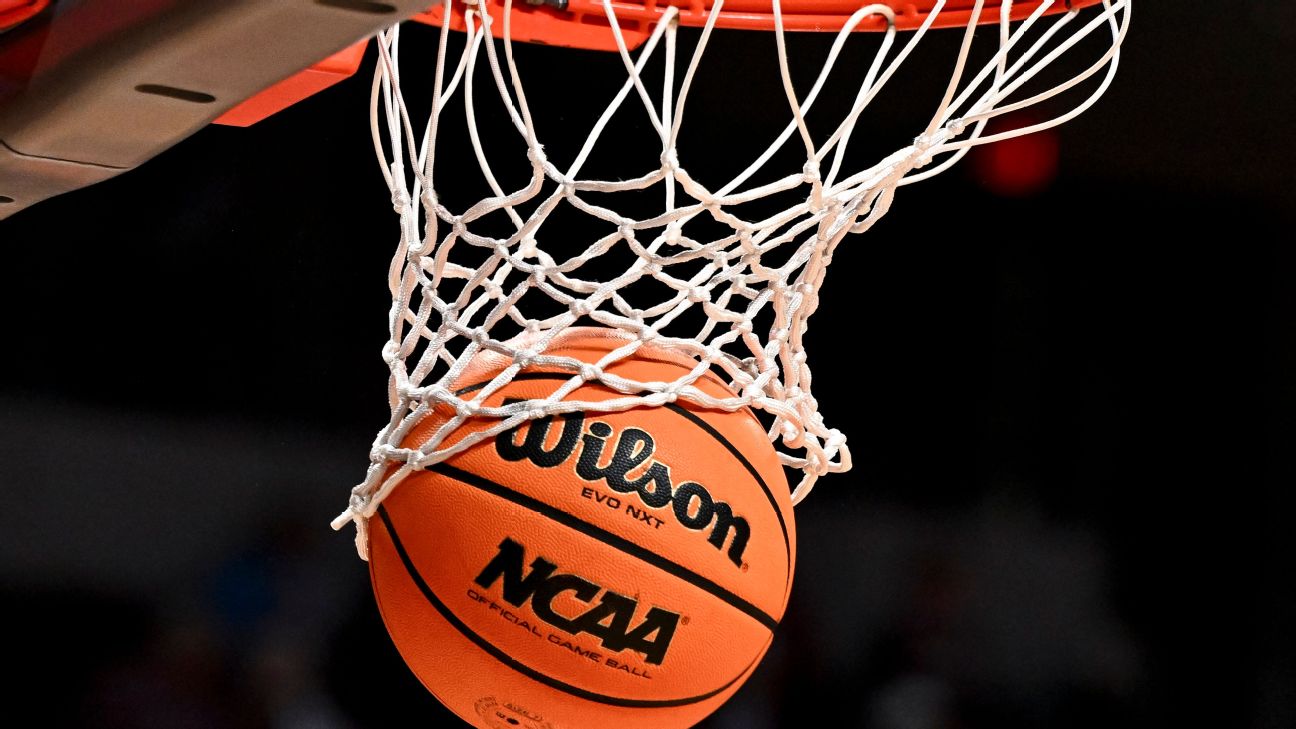
The Underground Threat to College Hoops
While top-tier programs dominate March Madness coverage, a disturbing pattern has emerged across lesser-known NCAA conferences this season. Multiple Division I games involving lower-profile schools - including the University of New Orleans, Eastern Michigan, and North Carolina A&T - have triggered gambling alerts from sportsbooks.
How the Schemes Operate
- Party Gambling Traps: Organized groups target athletes through social events where they accumulate gambling debts
- First-Half Focus: Suspicious betting activity concentrates on first-half point spreads and totals
- Syndicate Strategies: Gambling networks circumvent betting limits using coordinated wagers across multiple accounts
"This isn't just local bad actors," warns Southland Conference commissioner Chris Grant. "We're seeing nationwide coordination that mirrors organized crime patterns."
NCAA's Uphill Battle
The association faces unprecedented challenges in the sports betting era:
- 500,000+ student-athletes across all divisions needing education
- Prop bets creating new vulnerabilities (points/rebounds over/unders)
- Mobile betting creating 24/7 accessibility risks
"We constantly reinforce that you don't need to be a star player to be at risk," says NCAA enforcement director Mark Hicks. "These threats exist at every competitive level."
Lessons From History
Former Arizona State player Stevin Smith, who served prison time for 1990s point-shaving, now educates athletes:
"These professional gamblers treat compromising players like a full-time job. They study weaknesses and exploit the uneducated."
The NCAA has partnered with integrity firms like IC360 and Epic Global Solutions, but the decentralized nature of college sports makes uniform enforcement difficult. As sports betting advertisements dominate media coverage, administrators worry the problem will only intensify.
